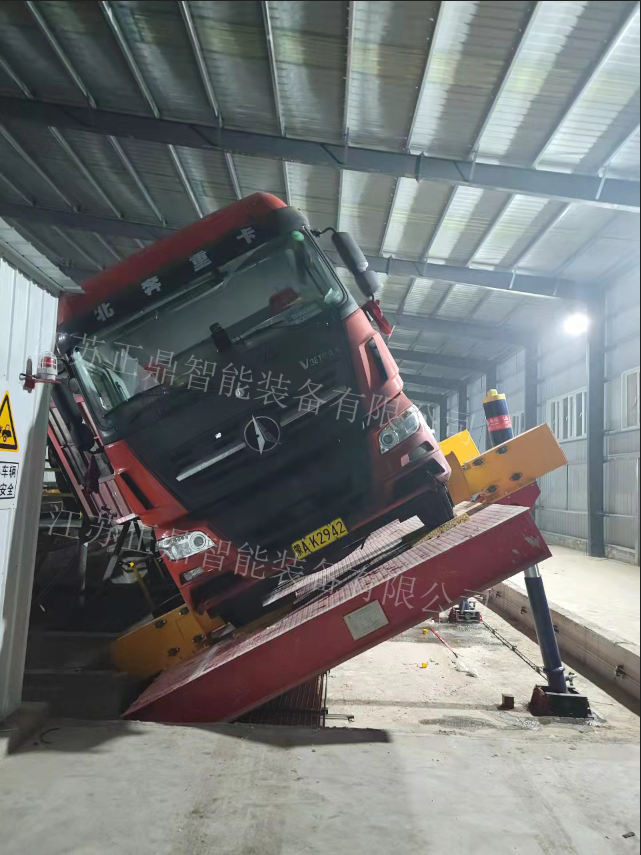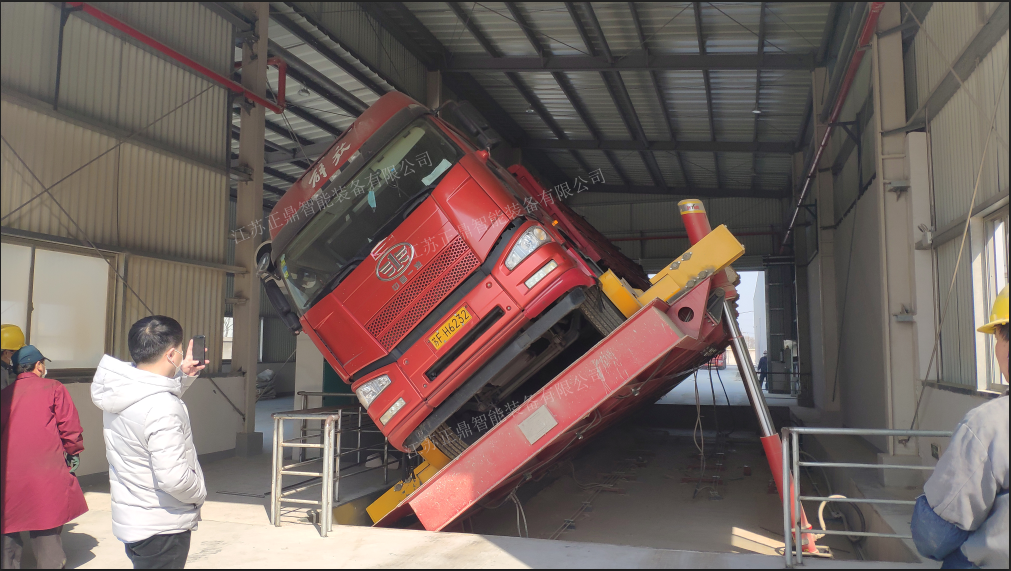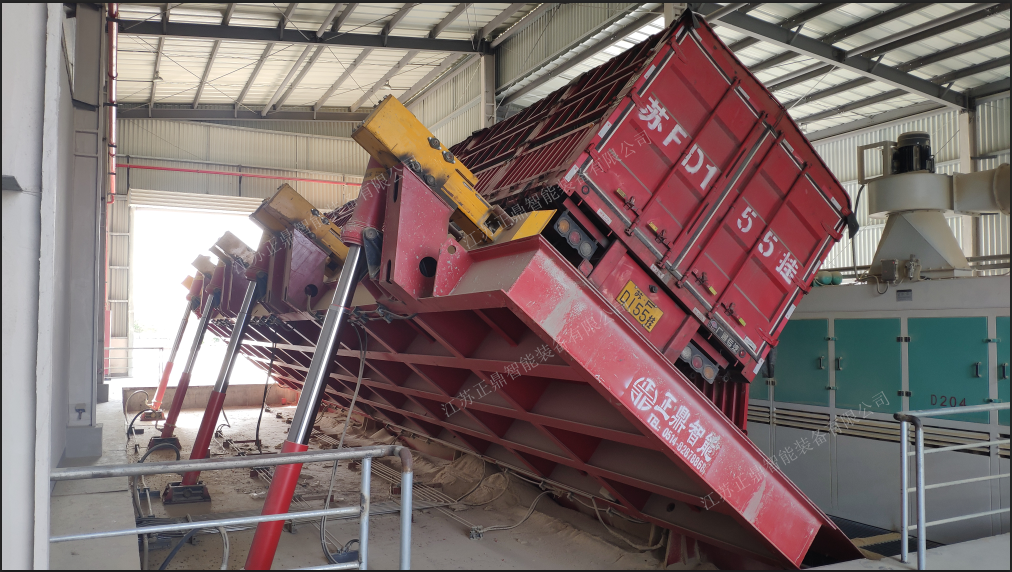shipping container unloading equipment
Shipping container unloading equipment represents a critical advancement in modern logistics and cargo handling operations. These sophisticated systems combine mechanical innovation with precision engineering to efficiently manage the complex task of container unloading. The equipment typically includes automated platforms, hydraulic lifts, conveyor systems, and specialized gripping mechanisms designed to handle containers of various sizes and weights. Modern unloading equipment incorporates smart sensors and automated control systems that ensure precise positioning and secure handling during the entire unloading process. The technology enables operators to maintain consistent operation speeds while adhering to strict safety protocols. These systems can be customized to accommodate different port configurations and warehouse layouts, featuring adjustable height settings, multiple unloading positions, and integrated safety mechanisms. The equipment's versatility allows it to handle both standard and specialized containers, making it indispensable in ports, distribution centers, and large-scale warehousing operations. Advanced models often include remote monitoring capabilities and predictive maintenance systems that help maximize operational efficiency and minimize downtime.


